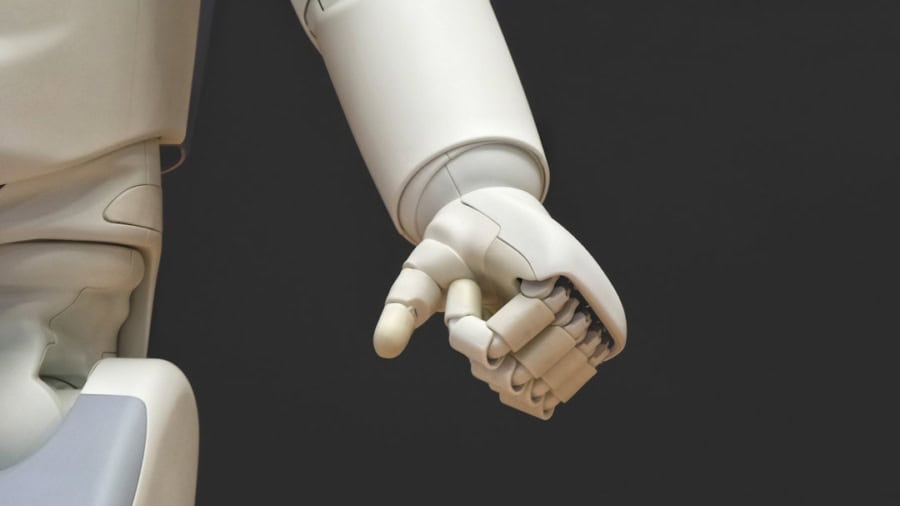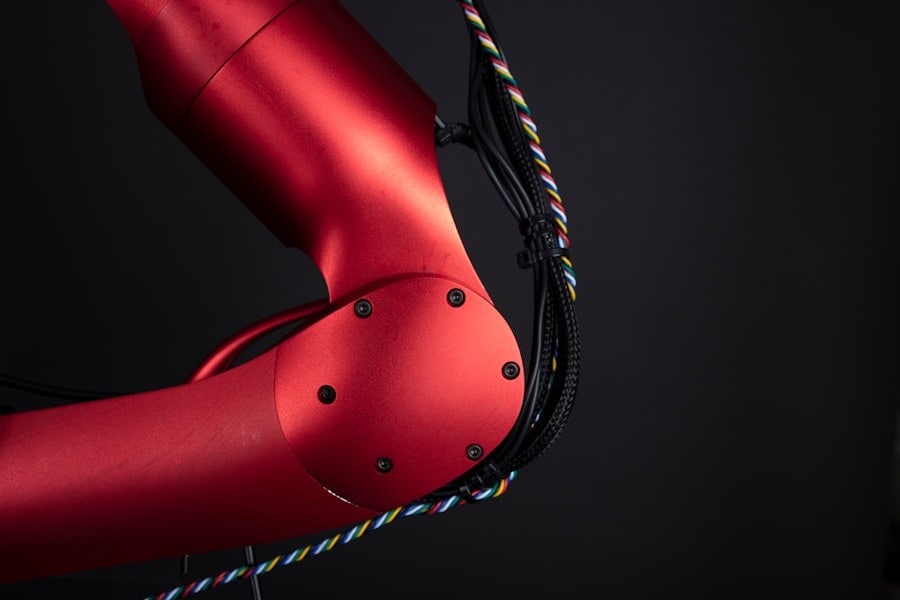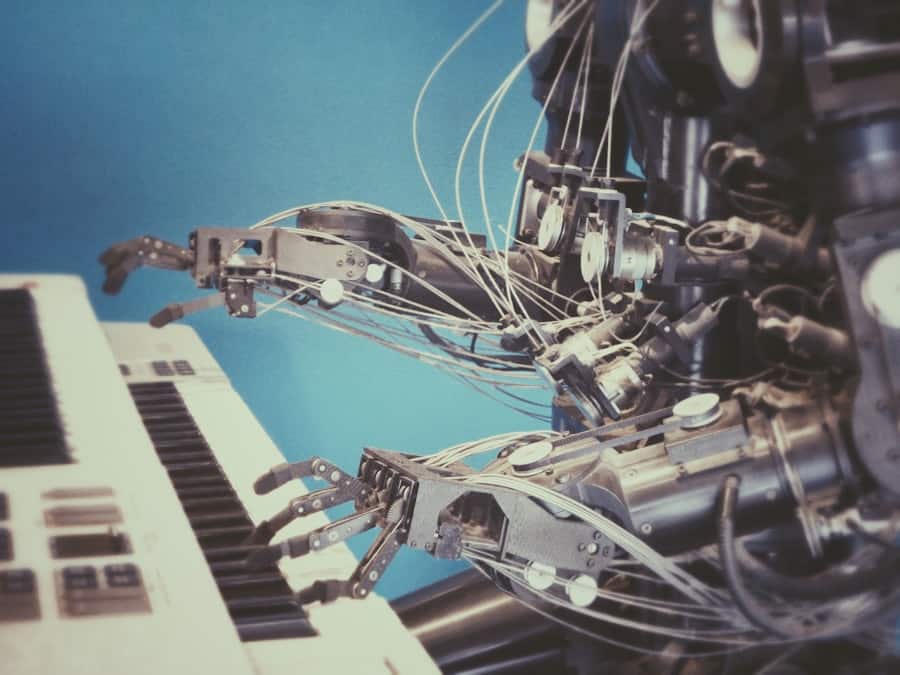Space exploration has captivated human imagination for centuries, evolving from mere speculation about celestial bodies to tangible missions that have expanded our understanding of the universe. The quest to explore beyond our planet has led to remarkable technological advancements, particularly in the fields of artificial intelligence (AI) and robotics. As we venture further into the cosmos, the integration of these technologies has become essential, enabling us to overcome the myriad challenges posed by the harsh environments of space.
The synergy between space exploration and AI/robotics not only enhances our capabilities but also paves the way for groundbreaking discoveries that could redefine our place in the universe. The advent of AI and robotics has transformed the landscape of space exploration, allowing for more sophisticated missions that were once deemed impossible. From autonomous spacecraft navigating through the vastness of space to robotic rovers analyzing the surface of distant planets, these technologies are at the forefront of modern exploration efforts.
As we look to the stars, it is clear that the future of space exploration is inextricably linked to advancements in AI and robotics, which are not only tools but also partners in our quest for knowledge.
Key Takeaways
- Space exploration and AI/robotics are interconnected fields that drive advancements in technology and innovation.
- AI and robotics play a crucial role in space exploration, from autonomous spacecraft to robotic rovers on other planets.
- The challenges of space exploration, such as extreme environments and communication delays, push the boundaries of AI and robotics technology.
- Examples of AI and robotics applications in space exploration include autonomous navigation, sample collection, and maintenance of spacecraft.
- Space exploration drives advancements in AI and robotics technology, leading to new opportunities and challenges for both fields.
The Role of AI and Robotics in Space Exploration
AI and robotics play a pivotal role in space exploration by enhancing mission efficiency and safety. Autonomous systems equipped with AI algorithms can process vast amounts of data in real-time, making decisions that would be impossible for human operators to execute under the same constraints. For instance, spacecraft like NASA’s Mars rovers utilize AI to navigate treacherous terrain, analyze geological samples, and even communicate findings back to Earth without direct human intervention.
This autonomy is crucial, especially given the significant time delays in communication between Earth and distant planets. Moreover, robotics extends our reach into environments that are inhospitable to humans. Robotic arms on spacecraft can perform delicate tasks such as assembling structures in orbit or conducting repairs on satellites.
The International Space Station (ISS) employs robotic systems like the Canadarm2, which assists astronauts in various operations, from capturing visiting spacecraft to conducting maintenance tasks outside the station. These robotic systems not only enhance operational capabilities but also reduce risks to human life, allowing astronauts to focus on more complex scientific endeavors.
How Space Exploration Challenges Drive Advancements in AI and Robotics
The challenges inherent in space exploration serve as a catalyst for innovation in AI and robotics. The extreme conditions of space—such as radiation, microgravity, and temperature fluctuations—demand robust solutions that can withstand these harsh environments. As engineers and scientists work to develop technologies capable of operating under such conditions, they inadvertently push the boundaries of what is possible in AI and robotics.
For example, the need for long-duration missions to Mars has led to advancements in autonomous navigation systems. These systems must be capable of making real-time decisions based on unpredictable variables, such as changing terrain or unexpected obstacles. The development of these technologies not only benefits space missions but also has applications on Earth, such as improving autonomous vehicles and enhancing disaster response capabilities.
Thus, the challenges faced in space exploration drive a cycle of innovation that extends beyond the confines of our atmosphere.
Examples of AI and Robotics Applications in Space Exploration
Numerous examples illustrate the successful application of AI and robotics in space exploration. One notable instance is NASA’s Perseverance rover, which landed on Mars in February 2021. Equipped with advanced AI algorithms, Perseverance can autonomously select targets for scientific investigation and navigate complex Martian terrain without waiting for instructions from Earth.
This capability is crucial given the time it takes for signals to travel between Earth and Mars, which can range from 4 to 24 minutes depending on their relative positions. Another significant application is the use of AI in satellite operations. Satellites equipped with machine learning algorithms can analyze data from Earth’s surface, providing insights into climate change, natural disasters, and urban development.
For instance, Planet Labs operates a fleet of small satellites that capture high-resolution images of the Earth daily. By employing AI to process this data, they can quickly identify changes in land use or detect environmental changes, offering valuable information for researchers and policymakers alike.
The Impact of Space Exploration on AI and Robotics Technology
The intersection of space exploration with AI and robotics has profound implications for technology development across various sectors. The rigorous demands of space missions necessitate innovations that often find applications beyond aerospace. For instance, advancements in materials science driven by the need for lightweight yet durable components for spacecraft have led to breakthroughs in industries such as automotive and construction.
Furthermore, the algorithms developed for autonomous navigation in space have influenced advancements in robotics used in manufacturing and logistics. The principles of machine learning and computer vision honed through space exploration are now being applied to improve efficiency in supply chain management and automated production lines. This cross-pollination of ideas illustrates how challenges faced in space can lead to technological advancements that benefit society as a whole.
Collaboration between Space Agencies and AI/Robotics Companies
The collaboration between space agencies and private companies specializing in AI and robotics has become increasingly vital as we push the boundaries of exploration. Organizations like NASA have recognized the potential of partnering with tech companies to leverage their expertise in developing cutting-edge technologies. For example, NASA’s collaboration with SpaceX has revolutionized cargo transport to the ISS, utilizing advanced robotics for docking procedures and payload delivery.
By harnessing Google’s machine learning technologies, NASA can process vast datasets collected from telescopes and satellites more efficiently than ever before. These collaborations not only accelerate technological development but also foster an environment where innovation thrives through shared knowledge and resources.
Future Opportunities and Challenges for AI and Robotics in Space Exploration
Looking ahead, the future of AI and robotics in space exploration is filled with both opportunities and challenges.
These systems will need to perform complex tasks autonomously while ensuring safety for human crew members.
However, challenges remain regarding the reliability and adaptability of these technologies in unpredictable environments. Developing AI systems that can learn from their experiences and adapt to new situations will be crucial for future missions. Additionally, ethical considerations surrounding autonomous decision-making in life-or-death scenarios must be addressed as we rely more heavily on these technologies.
The Interconnected Future of Space Exploration, AI, and Robotics
The relationship between space exploration, AI, and robotics is a dynamic interplay that continues to evolve as we push the boundaries of what is possible. The challenges presented by exploring the cosmos drive innovation in AI and robotics, leading to advancements that benefit not only space missions but also various sectors on Earth. As we look toward an interconnected future where these technologies work hand-in-hand with human ingenuity, it is clear that our journey into space will be marked by collaboration, innovation, and a relentless pursuit of knowledge that transcends our planet’s boundaries.
Space exploration has always been a driving force behind technological advancements, particularly in the fields of AI and robotics. As we continue to push the boundaries of what is possible in outer space, we are also pushing the boundaries of what is possible here on Earth. One related article that delves into the intersection of technology and innovation is How Smartwatches Are Revolutionizing the Workplace. This article explores how wearable technology is changing the way we work and interact with our environment, showcasing the ongoing evolution of technology in our daily lives.
FAQs
What is the relationship between space exploration and advancements in AI and robotics?
Space exploration drives advancements in AI and robotics by creating the need for more advanced technology to navigate and operate in the harsh environment of space. This has led to the development of AI and robotics that can handle complex tasks and operate autonomously.
How does space exploration benefit from advancements in AI and robotics?
Advancements in AI and robotics have allowed for the development of more efficient and capable space exploration technologies. This includes autonomous rovers, intelligent spacecraft systems, and advanced robotic arms for space missions.
What are some examples of AI and robotics being used in space exploration?
Examples of AI and robotics being used in space exploration include the Mars rovers, which use AI to navigate and make decisions on the Martian surface, and robotic arms on the International Space Station that are used for maintenance and repairs.
How do advancements in AI and robotics impact other industries outside of space exploration?
Advancements in AI and robotics driven by space exploration have had a significant impact on other industries, such as healthcare, manufacturing, and transportation. These technologies have led to the development of autonomous vehicles, robotic surgery systems, and advanced manufacturing processes.



